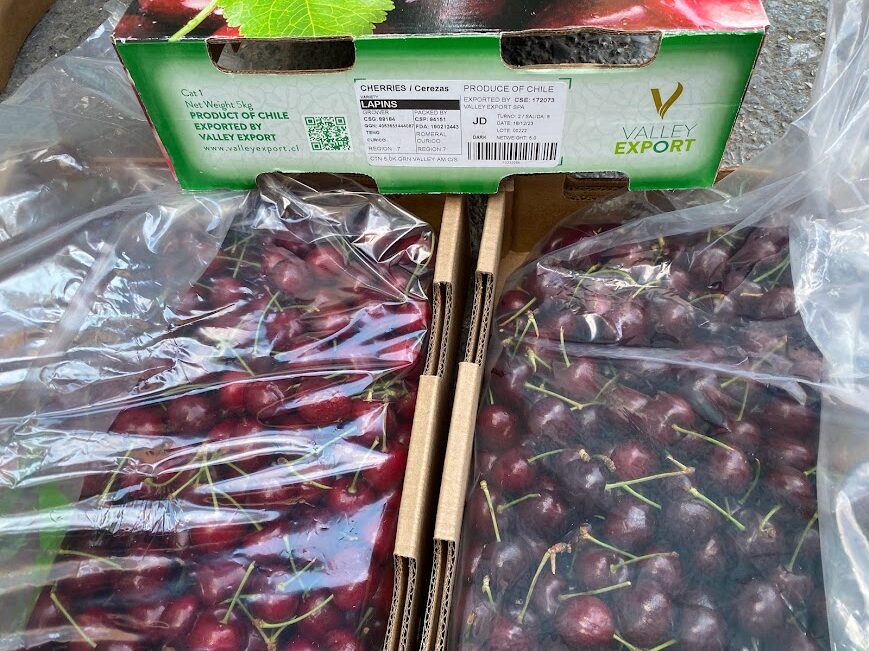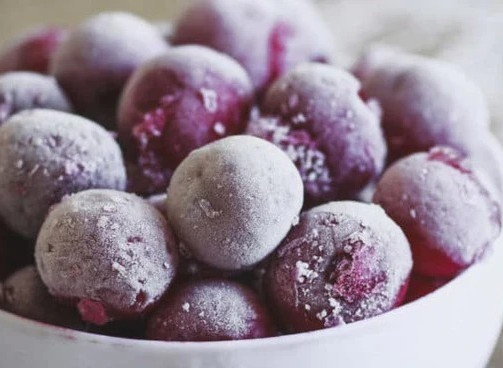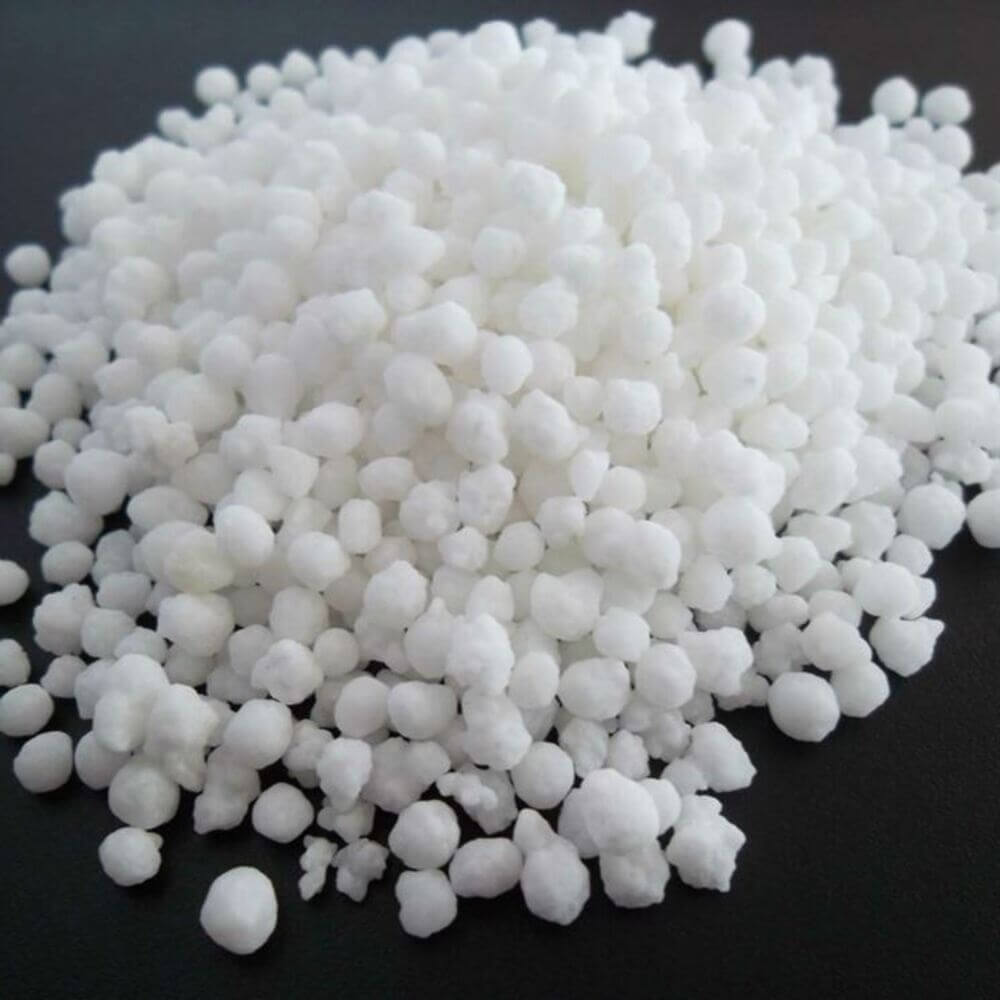After a complex season extensively analyzed by various industry stakeholders, it is important to put into perspective the information and experiences gained. Following a chronological sequence of events, the main issues encountered were as follows.
Pre-harvest Issues
During this phase, we had to deal with difficulties related to agroclimatic factors such as floods in various production areas, associated with fluvial atmospheric phenomena. In some areas, we continued to experience lack of chilling hours (HF) to optimally break dormancy, and there was also a lack of degree-days (DG) during flowering and bud burst, which affected pollination and subsequent fruit set.
The consequence of these events generated uncertainties and doubts about crop forecasts, influencing until the last minute the predictions of export volumes and, consequently, the entire supply chain and shipping estimates. Initially, the forecast estimates (at the end of winter) were about 100 million boxes, later revised to approximately 82.795 million boxes, of which 90% were destined for the Chinese market.
Harvest Issues
In addition to the decrease in export volumes, a significant problem was the delay in the start of the harvest. This led to continuous adjustments in the planning of processes in packaging facilities, as well as in the estimated shipping schedules communicated to logistics operators and shipping companies. Fortunately, unlike previous seasons, we did not face container availability issues, and shipments could proceed normally.
Analyzing the quality and condition of different varieties at the time of harvest, the most complex situation was presented by the Santina variety, which accounted for 21% of the total exported, the second highest in volume and the one most affected by the rains recorded during spring, particularly those occurring in October, with heavy thunderstorms and even hail in some areas.
These rains severely affected the condition of fruits already in the ripening phase in the earliest areas, including those protected by covering systems. The amount of water in spring caused fruit cracking or the appearance of micro-cracks at harvest, which then led to the development of rot due to inoculum from the orchard.
 Image 1.
Image 1.
The consequence of this problem was that packaging plants had to slow down processes and use "manual filters" in the selection process to obtain a final product compliant with quality standards. In some cases, this resulted in significant losses in the exportable percentage of affected lots.
Another complex situation affecting all varieties until the end of the season was the heterogeneity of ripening at harvest, a situation that was also observed pre-harvest, where different phenological stages were observed on the same plant.
In Lapins, our main variety, discolored fruits (white wool) were observed early in the season, which influenced the overall appearance of the box.
Post-harvest Issues
The arrival of our early varieties (Royal Dawn, Santina, and others) in China began from the 51st week, by sea, where the main observations by the destination were associated with fruits with cracks and rot.
In the case of Lapins (43% of exported volume) and Regina (19%) and the rest of the varieties observed at the destination, they showed good post-harvest performance, where Lapins was characterized by adequate firmness and Regina by excellent color.
In general, among the main problems observed in the fruits, there was a certain incidence of pitting and cracking, which did not represent a commercial problem as it did not affect fruit sales.
Market Demands
As in previous seasons, consumers seek very firm fruits, sweet, with green stems, without rot, uniform color, and homogeneous sizes. They are increasingly demanding and require a high-level product in terms of quality and conditions. Nowadays, a consistent product is rewarded, where a certain label must repeat its quality and conditions throughout the season, so that the customer or consumer recognizes the brand and wants to shop again without surprises.
One of the relevant quality requirements for this activity is the size of the fruit, which is why the size curve to offer is becoming increasingly important, as consumers are more demanding when purchasing a large fruit, which is reflected in the price they are willing to pay.
Another important requirement like the previous one is color. This season, customer feedback on this aspect was the need to receive a product with uniform (homogeneous) color inside the box, where dark/black fruits were not well evaluated, except in the Kordia variety, because these colors are associated with overly ripe fruits. When darker fruits are presented, customers evaluate the product more thoroughly, even from a taste perspective.
Another point to consider is the importance of the fruit date from its packaging to
Finally, regarding packaging formats, in the Chinese market, traditional cardboard boxes with MAP bags (Modified Atmosphere) of 5 and 2.5 kg, Master packs of 2 and 2.5 kg, smaller formats of 3*2 kg, and smaller formats of 3*2 kg were observed. In smaller percentages, FowPack cardboard boxes of 2.5 kg and smaller kilos, as well as plastic boxes of 2.5 kg, were observed.
It is important to note that these new formats are more demanding from buyers, as in most of them, it is not easy to quickly perform a thorough check of the fruit's quality and condition, so the fruit to be packaged must ensure good quality and resist the thermal cutting conditions that occur between arrival and consumption.
 Image 2.
Image 2.
Final Comments
Considering the needs of our customers and the lessons learned season after season about our cherry export process, we are aware that it is a process of continuous improvement from the orchard to the marketing of the final container.
Based on this, it is necessary:
- Develop new tools or predictive methods that allow us to predict with greater certainty the productive potential of each season, integrating the various variables.
- Develop products and implement technologies that allow, at the orchard level, to homogenize the ripening of the fruits to concentrate the harvest on the colors most demanded by the market, in addition to considering the practice of flowering harvest, evaluating the economic impact that this would entail.
- Increase requirements in the selection process in packaging lines to obtain a finished product homogeneous in terms of color.
- Work at the orchard level, with early work to regulate the load and thus develop an adequate caliber curve in terms of commercial needs.
- Implement systems at the packaging plant level that allow controlling the times of each phase of the process, optimizing them and reducing the time between the harvest date and the shipping date.
Source: Mundoagro
Images: Mundoagro
Cherry Times - All rights reserved












